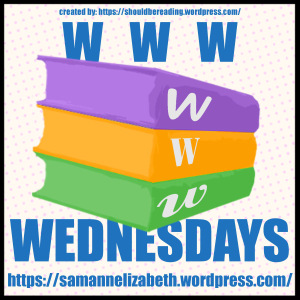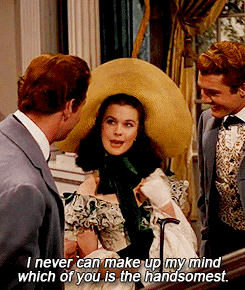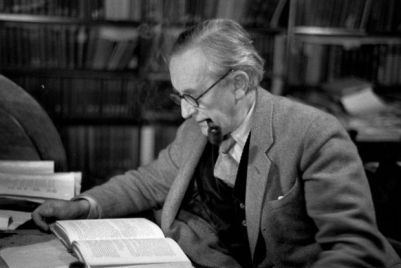Back when my wife and I lived on the West Coast, we had a neighbor who planted a “victory garden” in their front yard. The houses on our block were small and close together, so the postage-stamp spaces in front allowed for modest landscaping at best. There we were, nineteen neatly-mowed little lawns and one wildly out-of-control victory garden. One of these things was not like the others.

Thankfully, victory gardens carry more significance than the presence of hippies next-door (who knows what was in that garden). Victory gardens were originally planted during World War I to reduce pressure on the public food supply. The gardens were also considered a morale booster for citizens supporting the war effort back home. In that context, it’s nice to see an occasional victory garden around my neighborhood today.
Three days ago – the second Monday in August – the United States celebrated Victory Day, commemorating Japan’s surrender to the Allies at the end of World War II. On second thought I shouldn’t say “United States”, because forty-nine of fifty states ignore V-Day altogether. The only state still recognizing Victory Day? Small but steadfast Rhode Island. Since 1975, when Arkansas dropped its “World War II Memorial Day”, Rhode Island stands alone.

“The Ocean State” has good reason to continue its jubilant celebrations. 92,000 of its residents served in WWII alone (more than 1 in 10), and almost 2,200 were killed. Rhode Island is the smallest U.S. state in size and the eighth-least populated, yet the proportion of participants in “The Good War” was far higher than most other states. Perhaps that’s because Rhode Island hosted several armed encampments. Perhaps that’s because of patriotism born from the first of the thirteen colonies to declare independence.

Victory Day was originally labelled V-J Day or “Victory over Japan Day”. President Truman declared the holiday shortly after the atomic bombs dropped in Hiroshima and Nagasaki. The original V-J Day was September 2nd, 1945 (marking the formal end date of WWII), but revised to August 14th to recognize the actual day of Japanese surrender. V-J Day came shortly after V-E Day (“Victory in Europe” Day), signifying Nazi Germany’s formal surrender to the Allies the previous May.

Victory Day became infinitely more famous when Life Magazine published Albert Eisenstaedt’s photo of an anonymous sailor and nurse celebrating the moment of Japanese surrender in downtown New York City. Today a massive statue of the “Unconditional Surrender” (more affectionately referred to as the “Kissing Sailor”) can be seen in San Diego’s downtown waterfront, adjacent to the USS Midway aircraft carrier.
Thirty-six countries besides the United States celebrate some form or another of a Victory Day. Why not our other forty-nine states? Are we (as in the recent events in Charlottesville) determined to erase the nice/not-so-nice history defining the freedoms Americans enjoy today? Victory Day recognizes the triumph of good over evil, not the Confederate brand of freedom. Note a critical detail as well: Japan struck first, in its late-1941 assault on Hawaii’s Pearl Harbor. America was not the aggressor.

Maybe someday I’ll get to Rhode Island so I can a) witness the celebration of Victory Day, and b) thank the residents for keeping a most important moment in U.S. history alive. In the meantime I’ll count on George Bailey every Christmas to remind me, immortalized in the movie “It’s A Wonderful Life”. George was deaf in one ear so he couldn’t serve in WWII alongside his brother Harry. Instead he stayed on the home front, running “paper drives… scrap drives… rubber drives.” And, “… like everybody else on V-E Day, he wept and prayed… on V-J Day, he wept and prayed.”
Some content sourced from Wikipedia, “the free encyclopedia”.
Share this:- More





